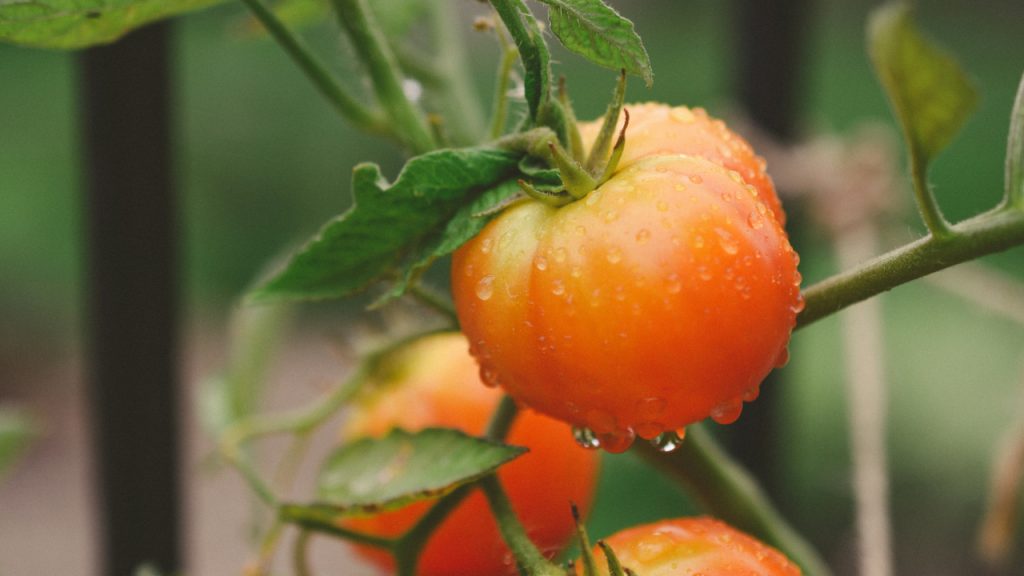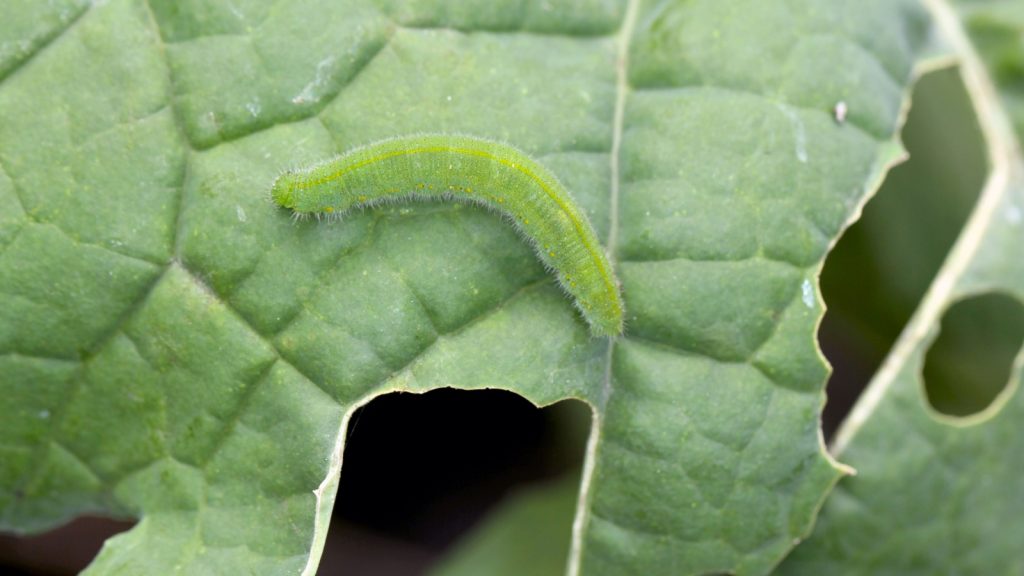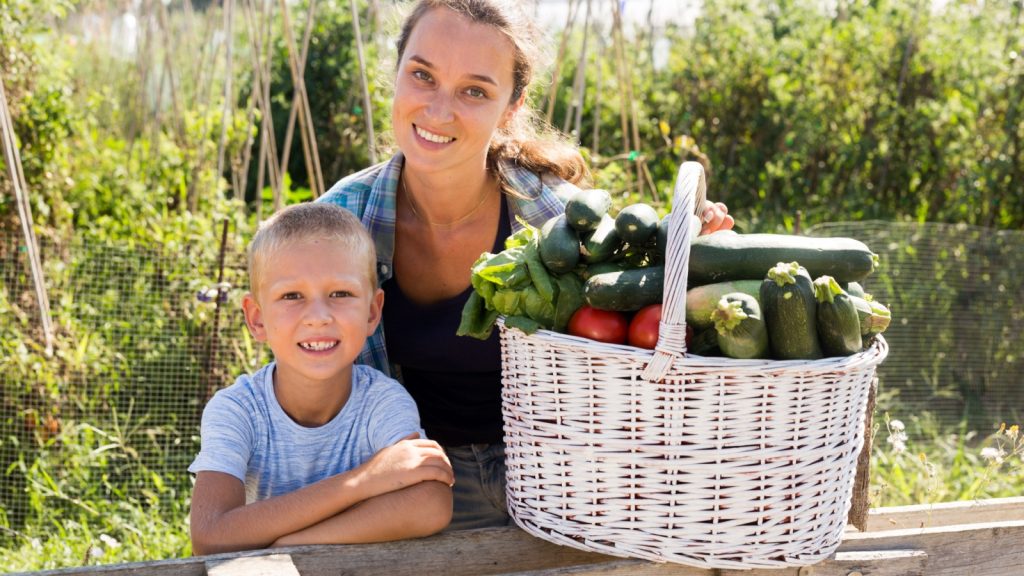If you’ve ever found yourself talking to your tomato plants or sprinkling eggshells like fairy dust because someone swore it worked wonders, well, you’re in good company. Gardening is full of old wives’ tales, half-truths, and passed-down “wisdom” that sometimes does more harm than good. And when those myths cost you time, money, or a healthy harvest? It’s time to dig into the facts.
Let’s gently pull up the weeds of misinformation and shed light on ten common gardening myths that might be keeping your tomato patch from thriving.
1. More Water = Happier Plants
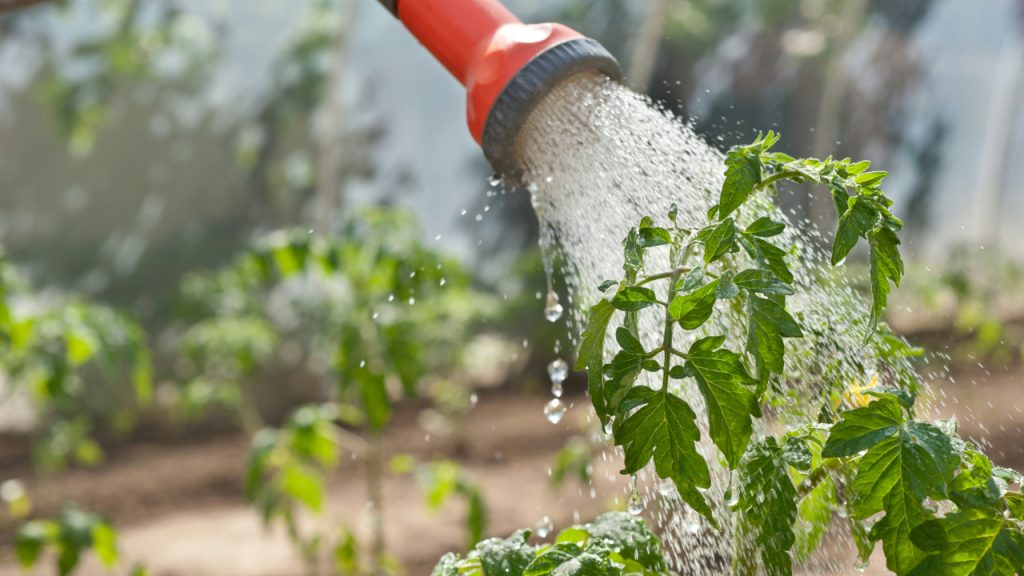
It’s easy to assume that thirsty plants just need more water. But too much of a good thing can suffocate roots, promote disease, and lead to sad, yellowing leaves.
The truth: Most plants prefer a deep, less frequent soak that encourages roots to grow downward. Stick your finger into the soil—if it’s dry two inches down, it’s time to water. Otherwise, let nature do its thing.
2. Tomatoes Love Full Sun All Day Long
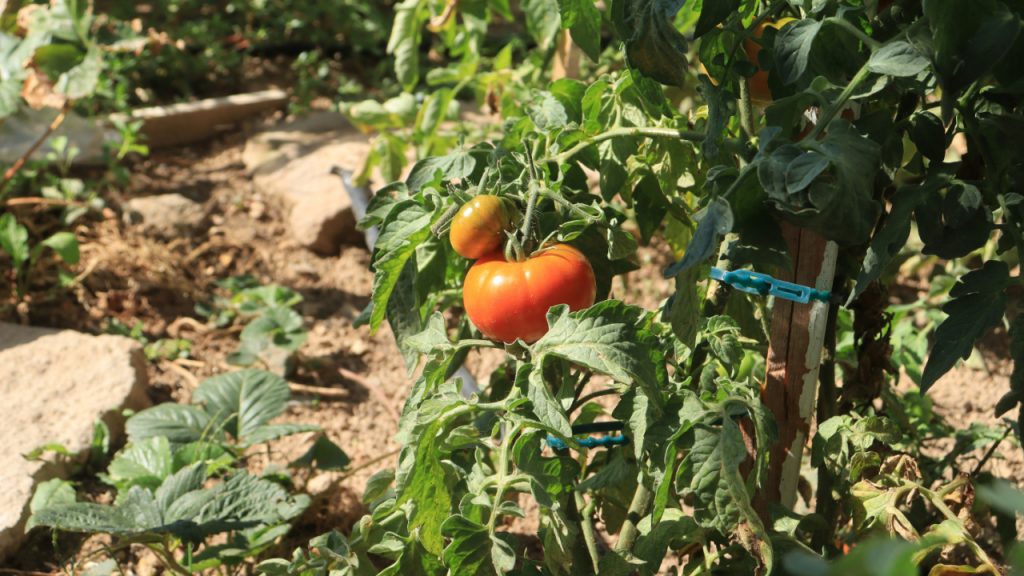
Tomatoes are sun lovers, sure, but even they have limits.
The truth: Tomatoes need 6 to 8 hours of direct sunlight, but in very hot climates, too much blazing afternoon sun can stress them out. Consider planting in a spot that gets morning sun and a bit of afternoon shade if you’re gardening in a hot zone.
3. You Have to Till Every Year
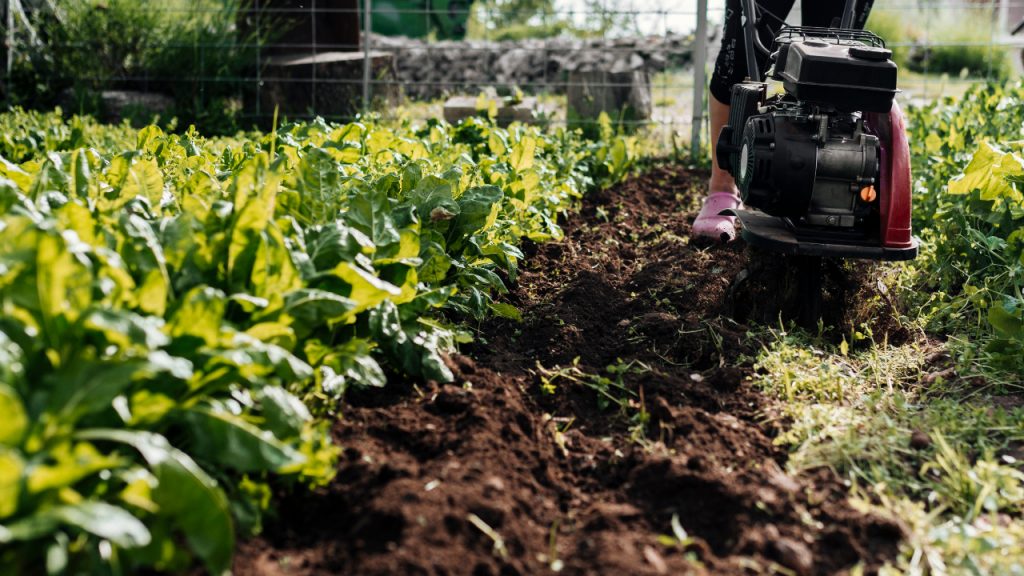
Tilling feels productive, but it may do more harm than good, especially for your soil’s ecosystem.
The truth: Tilling can destroy beneficial microbes and soil structure. Try a no-till method by layering compost and mulch right on top of last season’s soil. Over time, you’ll build rich, fluffy earth without all the digging.
4. Eggshells Prevent Blossom End Rot
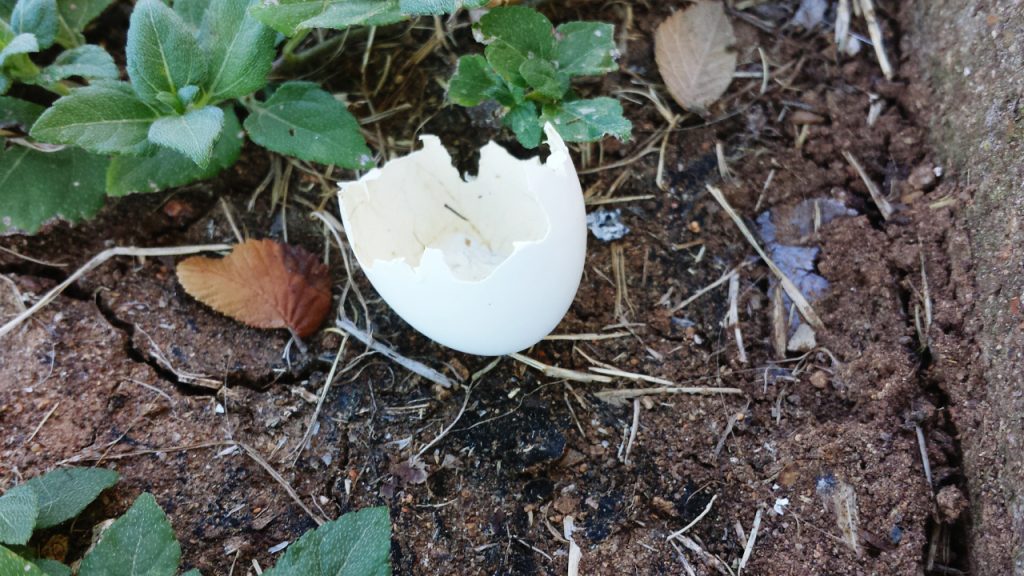
Ah, the famous eggshell remedy. Tossing them into the soil is satisfying, but it’s not the magic fix it’s cracked up to be.
The truth: Blossom end rot is usually caused by inconsistent watering, not a lack of calcium. Eggshells take ages to break down. Instead, focus on even moisture and good soil health overall.
5. More Fertilizer = Bigger Tomatoes
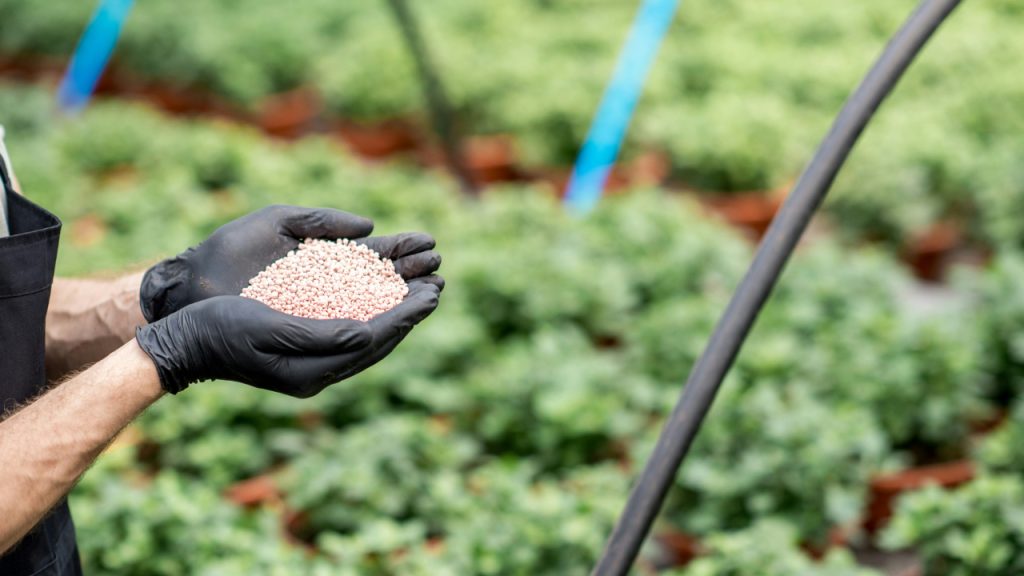
It’s tempting to think that feeding your plants extra will supercharge your harvest. But too much fertilizer—especially nitrogen—can lead to lush leaves and very few fruits.
The truth: Tomatoes need a balanced fertilizer, especially one lower in nitrogen and higher in phosphorus and potassium once they start flowering. Think more “bloom booster,” less “leaf builder.”
6. Companion Planting Always Works

There’s a lot of charm in the idea that basil makes tomatoes taste better just by hanging out nearby. But companion planting is more nuanced than that.
The truth: While some pairings help deter pests or attract pollinators, not all combinations are based in science. Instead, focus on diversity, rotating crops, and building healthy soil. Plant what works for your space and climate, not just tradition.
7. You Can’t Garden Without Perfect Soil

Many new gardeners worry that if they don’t start with loamy, dark, crumbly soil, they’re doomed from the start. Not true.
The truth: Soil can be improved over time with compost, mulch, and patience. Start small, observe what grows well, and build your soil as you go. Container gardening or raised beds are great options if your native soil needs major help.
8. You Should Prune All the Suckers Off Tomato Plants
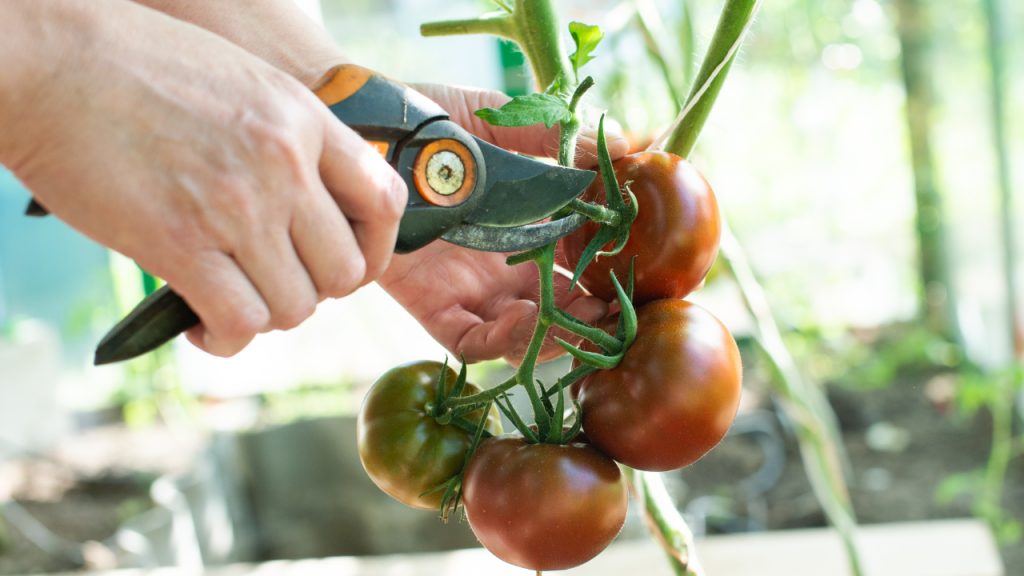
This one gets passed around a lot—cutting off all the “suckers” between branches and stems to keep the plant tidy and focused.
The truth: It depends on the type of tomato. Indeterminate tomatoes benefit from light pruning to improve airflow and fruit production. But determinate varieties actually need those suckers to produce fruit. Know your type before you snip!
9. All Pests Are Bad and Must Be Eliminated
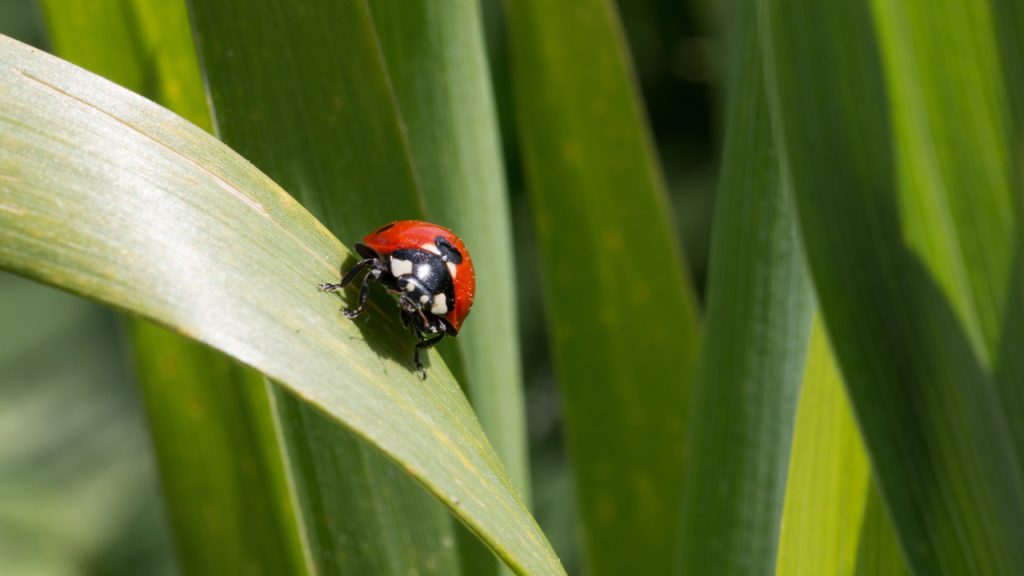
See a bug? Squash it! Or… maybe don’t.
The truth: Not all bugs are enemies. Ladybugs, lacewings, and even some wasps are helpful predators. Spraying pesticides—even organic ones—can disrupt this balance. Learn to identify the good guys and let them lend a hand in pest control.
10. Gardening Has to Be Complicated
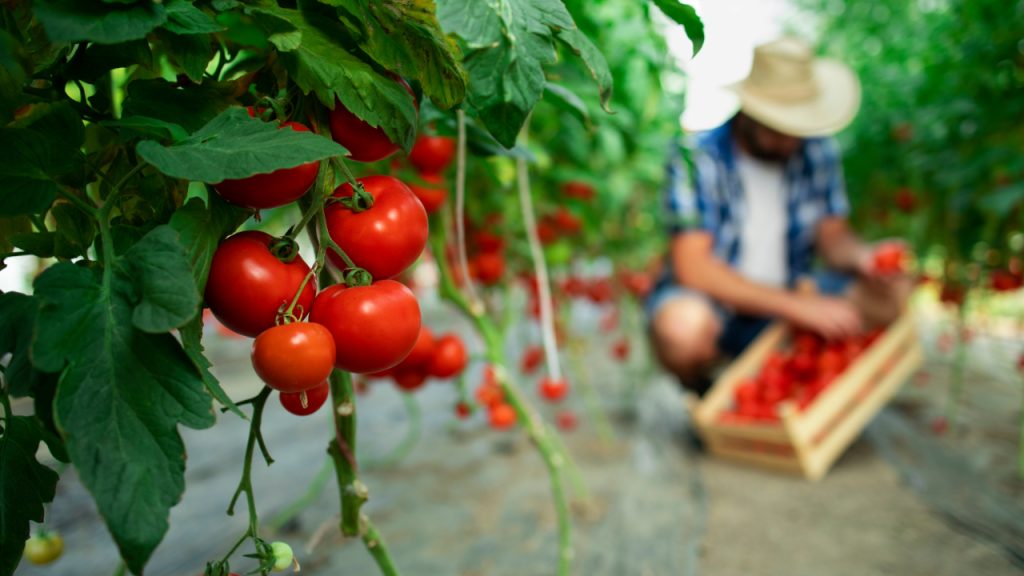
With all the advice out there, it’s easy to feel like you need a degree in horticulture just to grow a tomato.
The truth: Plants want to grow. Start simple. Choose a few easy crops, observe, learn, and don’t be afraid to make mistakes. Some of the best gardeners I know got that way by letting nature teach them—one season at a time.
Let the Myths Go—Grow with Confidence
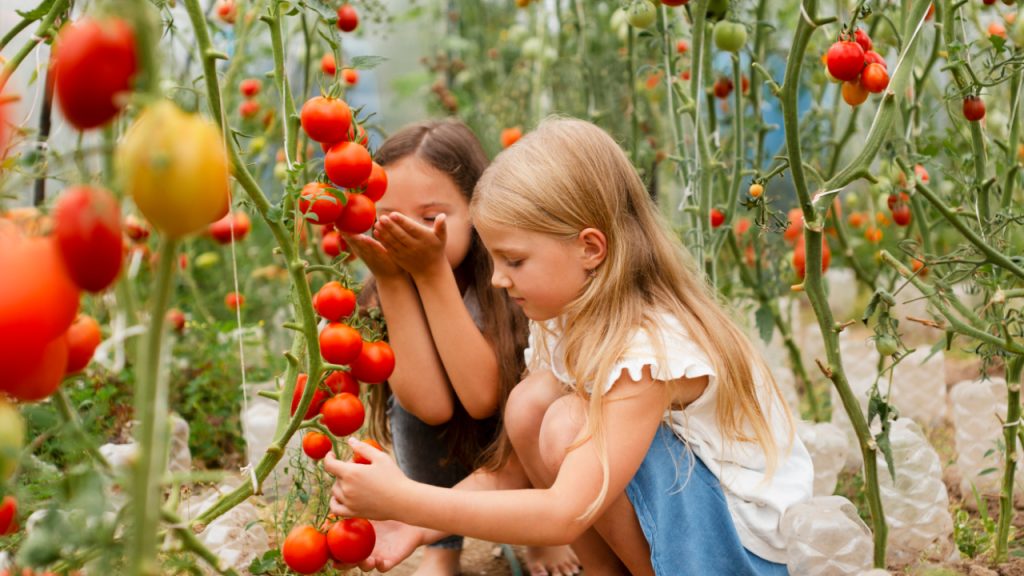
Gardening isn’t about perfection. It’s about observation, connection, and a bit of dirt under your nails. By letting go of these myths, you’ll free up more time for what really matters: enjoying the process and harvesting the fruits—literally—of your labor.
Happy growing!
